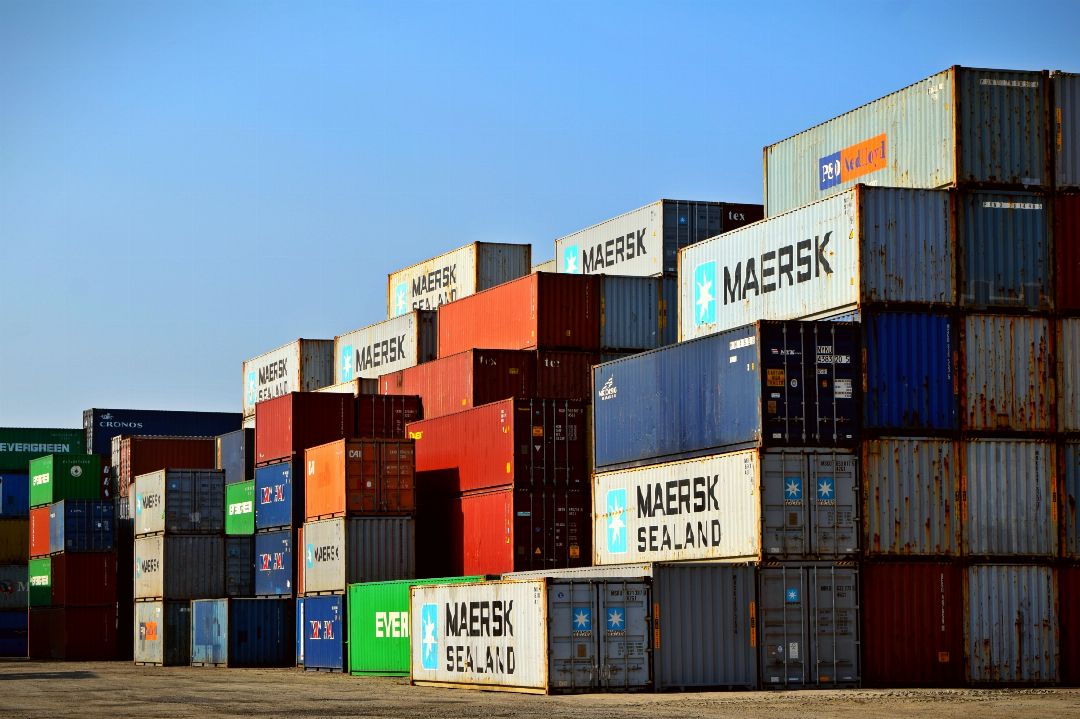Role and importance of packaging

Packaging is a marketing issue because a product must arrive in good condition and because in the consumer market, in particular, the design of packaging can influence buying behaviour. Thus, packaging can have an important role to play in the successful entry into a market. Companies can suffer from the two extremes of either overpackaging or underpackaging their goods. In either case money is wasted. Generally speaking when shipping by sea or air, successful domestic packaging does not automatically mean that it will be suitable for the rigours of exporting. However, if the transportation is to be made by land to a contiguous
country then it may well work, for example, on continental Europe, or between North America and Latin America. According to Green (1989) 30% of damage to sea going freight is caused by fire, collision, bad weather and in extreme cases by sinking. Approximately 70% of loses may be preventable if packaging has been properly researched and engineered. The key points to understand in relation to the performance of packaging are:
■ The behaviour of each product must be evaluated and understood under the conditions it will be exposed to
■ The facilities at the destination must be researched: ports of embarkation and debarkation, points of final delivery, handling equipment and methods used, customs of the trade, weather, politics, storage facilities
■ The methods of stowage and the location on the carrier (lower hold, deck, centre or wings); the exposure to moisture (rain, fog, salt water, and condensation); the motions of the ship at sea (a ship can roll as much as 40% each side of centre, six or eight times per minute, and as far as 70 feet for top-loaded cargo), surge, pitch, sway, heave, and yaw
■ Whether the goods are travelling by land, sea or air each shipment is subject to the local road conditions, trucking, handling, and potentially unknown delays.
According to Green (1989) the five packaging essentials are:
■ The export packaging must meet all of the well thought through and established criteria
■ The markings (shipper, receiver, port, weights, handling, cautionary, size, count and country of origin) are of utmost importance. They should clearly identify the contents. Poor marking can mean misdelivery or non-delivery or it may invite pilferage or unnecessary damage.
■ Closures or seals can make all the difference between success and failure
■ If there is a weakness, export exposure may find it at the end, and the entire effort will have failed
■ Export packaging may be more expensive than domestic, but the cost need not be excessive if researched and planned.
In the 'new economy', electronic technology will allow some companies to use electronic commerce to replace the cost of shipping a physical product and will eliminate packaging costs (Richardson, 1999). Thus, music, movies, software, news and books can now be delivered by technology. Even for those products which will continue to be shipped by traditional means, there are changes in how they are packaged because of changing attitudes, brought about partly by the pressure of environmental groups. The message of reduce, reuse and recycle is getting across, either voluntarily or by government backed regulations.
The newer technologies are not just changing the way some products can be delivered, but are also being adopted by shippers of conventional goods as a cheaper means of communication than phones and faxes, and as a means to track the progress of the goods both for the shipper and the customer (McGovern, 1998).
The internet has created another mode for the transportation of one of the logistics key components, namely, information. With the internet, nothing has to be assumed, as real-time tracking can pinpoint the location of a particular delivery.
Studies of packaging suggest that instead of seeing it as a unique and separate activity, it should be managed as part of the overall approach to logistics. This point emerges time and time again; that the business must be seen as a whole with integrated operations and activities designed to serve the needs of the customer. A marketing oriented firm keeps the customer in mind even when apparently mundane elements of, for example, the benefits of corrugated packaging are being discussed. Richardson (1999) quotes an example of a joint venture between General Motors and Suzuki in Canada. The company engaged packaging experts to look at its systems. The company identified significant cost-saving opportunities such as:
■ Reduce expendable packaging by 92%
■ Decrease or eliminate the recurring costs of expendable packaging and related waste disposal costs
■ Improve cube utilization by 5% per quarter with standardized packaging.
Indirect benefits of these changes were also identified as:
■ Improvements in inventory accuracy
■ Decrease in lifting and repetitive-motion injuries
■ Reduction in quality control costs
■ Reduction in manufacturing time by putting parts at lineside
■ Improvements in floorspace use and the maintenance of a cleaner work environment.
By adopting these changes the company recovered its initial investment in the project within 10 months.
Other examples of cost savings as a result of designing more effective packaging include Kimberly Clark shipped cases with excess headspace. Removing the excess meant the cases could be packed without crushing, and thus the core of the paper roll acted as support, meant the overall strength of the corrugated carton could also be reduced. Reconfiguration of the product within the case can be another simple solution. In shipping 12 items in two rows of six an opportunity is lost to configure three rows of four and take advantage of the fact that this shape of a rectangular box is stronger.
Continue reading here: Confirming house
Was this article helpful?
Readers' Questions
-
allison6 months ago
- Reply
-
Ralph8 months ago
- Reply
-
Alberic1 year ago
- Reply
-
Luce Ferrari1 year ago
- Reply
-
PAMPHILA1 year ago
- Reply
-
arsi1 year ago
- Reply